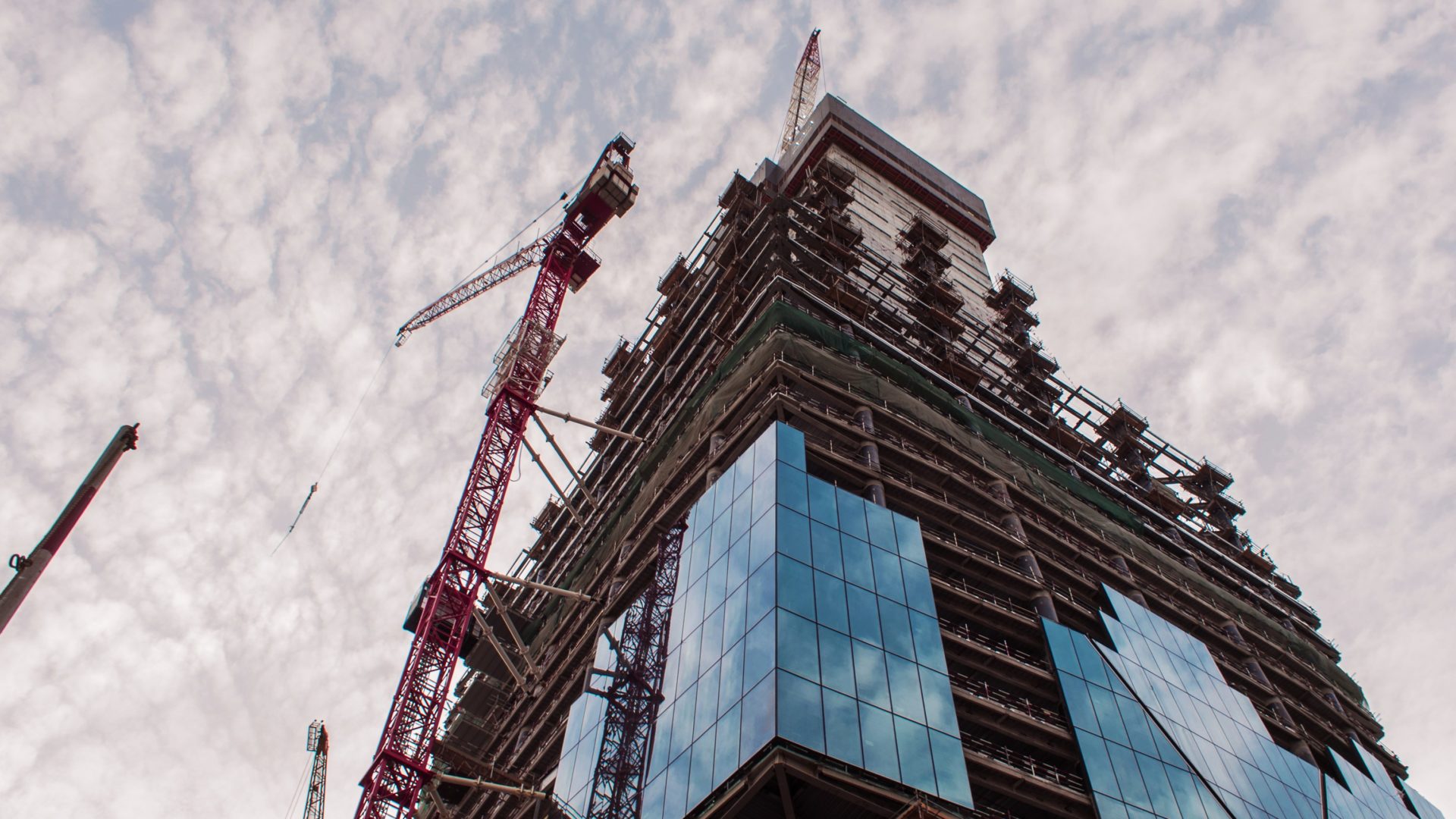
Contractors should be thinking about acoustic health and what they can do to improve current standards, argues Ben Hancock.
It’s long been recognised that poor acoustics and excess levels of noise inside buildings can be bad for occupants’ health. Today, housing developers and office space owners are assessing the harmful effects of noise and how to integrate solutions into building design.
As well as meeting regulatory requirements, they want to create a healthy sound environment, where communication is made easier, and stress levels are kept to a minimum. This is even more pertinent in the post-Covid landscape, where wellbeing and safety concerns have been amplified.
"Housing developers and office space owners are assessing the harmful effects of noise and how to integrate solutions into building design."
We need architectural design and building construction that consider these aspects alongside the usual stipulations for visual aesthetics, thermal comfort and environmental impact.
What’s ringing the changes?
Densification is bringing people closer together in towns and cities and retaining peaceful environments within homes and workspaces is becoming more difficult.
Meanwhile, the future of office space is hotly debated. Acoustics must be a priority here as new configurations may alter sound levels.
At the same time, regulations and codes of practice that protect building occupants (see box) must also be adhered to.
Tools to improve acoustic standards
Acoustics are influenced by room geometry and distribution of acoustic absorption either through interior finishes or the introduction of sound absorbing products. Cavity insulation and acoustic hangers offer noise transfer reduction between rooms, while seamless and decorative coatings are increasingly used to ensure acoustically balanced spaces.
Treatments like fire-rated acoustic sprays and plasters for ceilings and walls can reduce reverberation significantly without design compromise. Some acoustic decorative finishes on the market can be quickly and effectively applied to most surfaces and construction configurations. This allows minimum working down time in existing structures and the ability to meet critical deadlines in new construction.
Benefits of quality acoustics
WELL recommends the use of acoustic materials that absorb sound ‘to support concentration and reduce reverberation’. As such, ‘sound reducing surfaces’ are listed in the WELL V2 accreditation document, which awards two points to buildings that have undergone a specialist treatment, such as an acoustic finish.
There are environmental benefits too. High quality sprays made of recycled, natural plant-based fibres and specialist water-based adhesives can contribute towards many sustainable design and health certification systems including BREEAM, SKA, Living Building Challenge and adds up to 17 points towards the LEED (Leadership in Energy and Environmental Design) rating of a project.
As JLL recently confirmed in its report The Impact of Sustainability on Value new Grade A office buildings in central London with a BREEAM rating of ‘very good’ or better achieved higher rents than those without a rating.
During a time where office occupancy rates have fallen, adding this kind of value to a building during a Cat A build makes it an attractive proposition in a competitive market. Construction teams with experience of building techniques and specialist treatments for end-user acoustic comfort are guaranteed to impress.
Noise regulations checklist for construction managers
- Minimum standards for soundproofing residential buildings in England and Wales For dwellings: Building Regulations Document E
- Control of Noise at Work Regulations: Sound levels should be no higher than: Daily or weekly exposure of 87 dB; Peak sound pressure of 140 https://www.hse.gov.uk/pUbns/priced/l108.pdf
- Under the regulations, the internal airborne sound resistance inside any dwelling must be a minimum of 40dB. It applies to walls and upper floors between bedrooms and other rooms (there is one exception: any wall that has a door in it and walls to en-suite bathrooms)
- For impact sound such as footsteps, jumping and dropped objects, a maximum impact sound transmittance level of 62dB is set for floors and stairs in new builds. A maximum of 64dB is set for conversion projects.
Useful links
Ben Hancock is managing director of Oscar Acoustics










